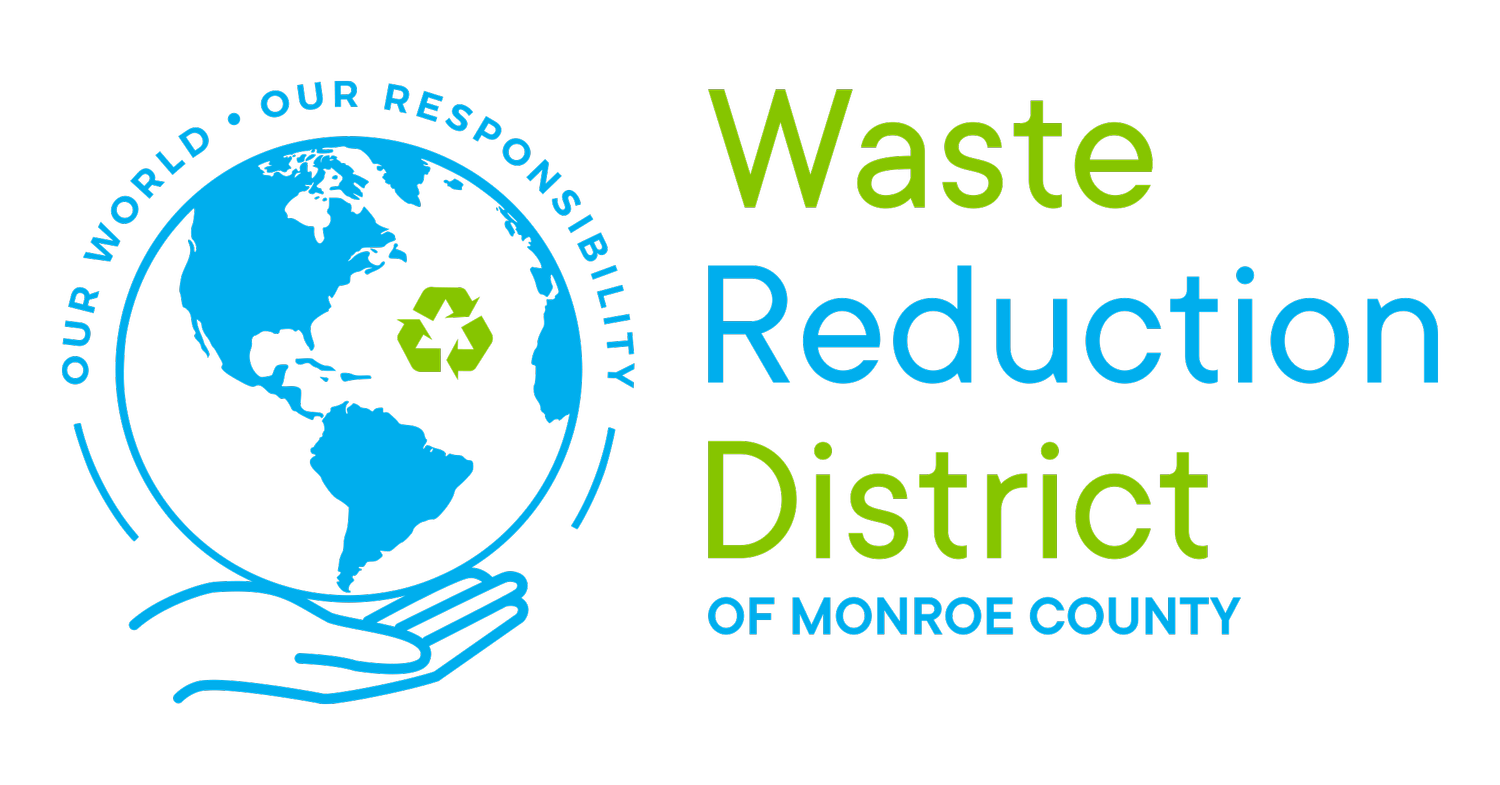
Compost Recipe
Nature's way of recycling. Did you know?
Composting food and yard waste can reduce your trash bill and decreases methane gas emitted from food waste in landfills.
25% to 35% of your waste can be home composted, up to 40%, if using a commercial service.
Plastic bins and plastic “tumblers” are commonly used.
Composting does NOT smell when done properly.
You can use almost all of the organic materials that come from your house, yard, and garden in your composting pile. Composting turns these into a RESOURCE that you can put right back into your own soil. Compost anything that was a plant. All plant materials contain nitrogen and carbon. Materials high in nitrogen, like kitchen scraps, moldy food in your refrigerator, fresh grass clippings, weeds, plant trimmings, are called “GREENS.” Materials high in carbon, like twigs and dried leaves, dried grass, cardboard, bread, pasta, and rice are called “BROWNS.”
If the compost bin is uncovered/open bin, ALWAYS cover food waste with browns or soil so no odor or flies will develop. However, if a plastic-covered bin is used, covering the waste is not necessary, although if covered, it will decompose more rapidly. If using redworms, (vermicomposting), use a layered compost bin.
NO BACKYARD? For vermicomposting, use a 10-gallon bin indoors (1 lb. redworms). Shredded and moistened newspaper can be used for the bedding of the redworms/red wigglers. Food waste is buried in the worm bin. Use the rich soil that is created for potted plants.
DO NOT USE: dairy, meat, or bones as they attract rodents and domestic animals, have an odor when decomposing, and take much longer to decompose. So no cheese, milk, butter, oily foods like peanut butter, and dressings although a little will not make a difference. NO plastics, foil, or other inorganic items!
Ingredients and Procedure:
Best Combination:
3 parts brown (CARBON Source)
2 parts green (NITROGEN Source)
Optional: a dash of soil
Major Points:
Toss/layer ingredients into bin or pile
Keep moist but not wet
Optional: stir or turn ingredients occasionally. If odor, add more brown materials.
If the pile does not warm up within 1 week, add additional green materials. If undesirable odors occur, add more brown materials. Compost does NOT have to be mixed or turned. However, if it is turned, the increased oxygen that is created will decompose the waste more rapidly. Compost can heat up to 140 degrees F in the summer and 120 degrees F in the winter.

